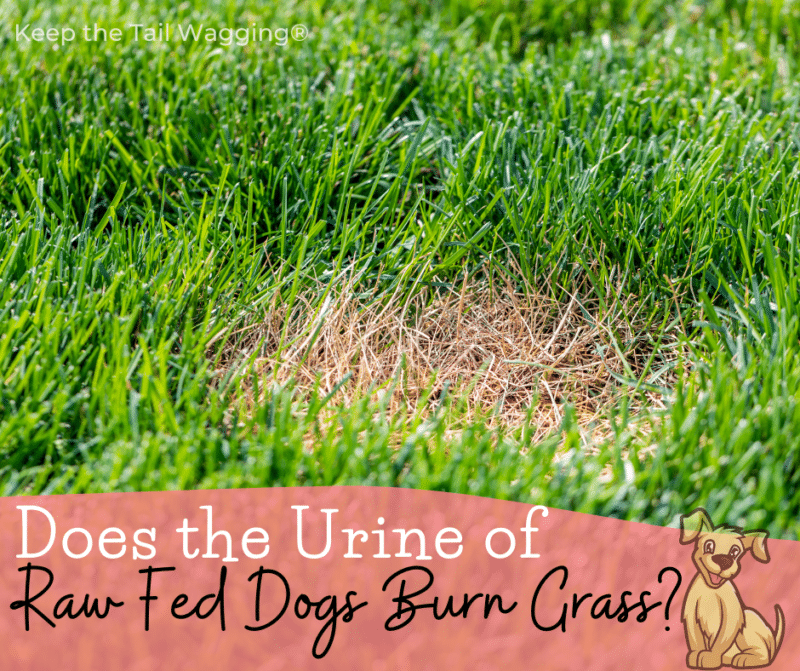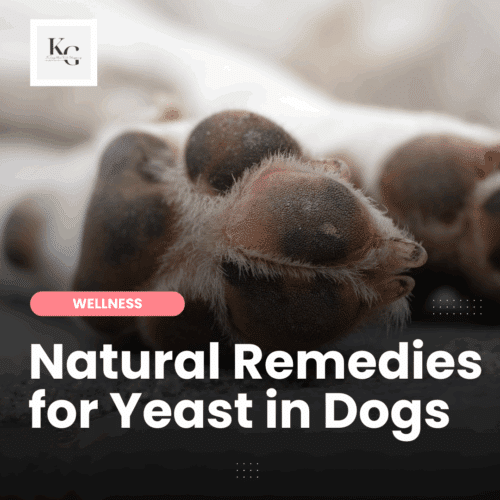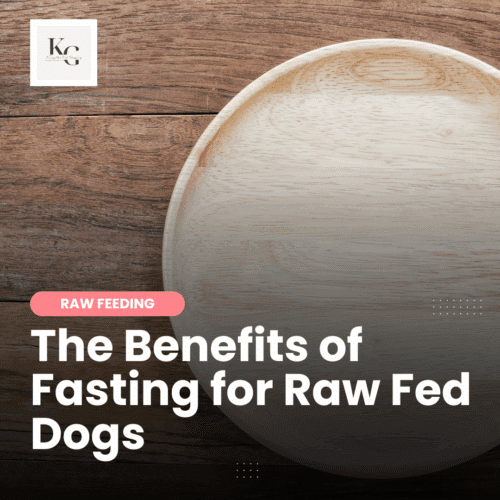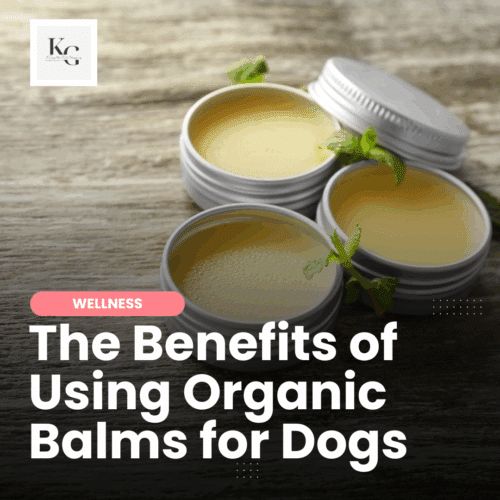Keep the Tail Wagging is supported by pet parents. I occasionally earn a commission (at no additional cost to you) when you click through an affiliate link to one of my favorite products. Thank you for your support. Read More
When we switch our dogs to raw, we expect a lot of changes beyond an improvement in our dogs' health. I expected shiny coats, less doggy smell, no issues with fleas, and no grass burning when they go potty. Raw feeding held up to the hype. But urine grass burns are a potential for several reasons explained in this article.
Dispelling the Myth of Urine Grass Burns
While researching this topic, I was stunned by what I learned. I used to believe that (1) the urine produced by female dogs burned the grass and (2) a dog's urine burned the grass due to the acidity. Only one of these is true. It's not about dog breed, either.
A dog's urine will burn or kill grass because of the nitrogen levels. Dogs fed a high-protein diet, either fresh or processed, will produce enough nitrogen to kill grass if a dog is repeatedly urinating in the same stop. Or if you have multiple dogs urinating in the same spot. In the case of fertilizer, when nitrogen is added, it can increase the acidity of the fertilizer. So I think the same can be true for dog urine.
Nitrogen in fertilizer is beneficial for lawns, but not in high concentrations.
How to Prevent Urine Grass Burns
Switching to raw won't prevent dog urine burns in your grass, but it might decrease them if you make some changes. Also, although gender isn't directly correlated to the grass burn stains, female dogs squat lower to the ground, blasting the grass with nitrogen. Killing the grass faster. We might see this with puppies and some male dogs.
1 – Feed Fresh Food and Provide Plenty of Water
A raw diet is more moisture-rich than processed pet food, diluting the nitrogen. I ensure my dogs' water dishes are always full, adding water at least twice daily to two dishes. I don't think it's necessary to try and coerce your dog into drinking more water if they're well hydrated.
2 – Create a Dedicated Space
Now that we know that a dog's urine burns the grass because of high nitrogen concentrations repeatedly applied to the same spots in the yard, we can reduce the urine burns by creating a dedicated space for going potty.
3 – Frequent Potty Breaks
Make sure your dog has ample opportunities to urinate outside. Frequent bathroom breaks can help flush out the urinary system and potentially prevent the accumulation of alkaline substances.
4 – Water the Grass Right After Your Dog Pees
Water will dilute the nitrogen, reducing the chance of grass burning. I can attest that this works because we live in the Pacific Northwest and our rainy weather helps to reduce grass stains. So, after your dog goes potty, grab a water pitcher or a hose to rinse the area.
5 – Walk Your Dog for Potty Breaks
Instead of letting your dog out into the yard to go potty, take them for a walk. This spreads the joy around the neighborhood or, in my case, along the trail, the dogs aren't peeing in the same spot repeatedly, and you get some fresh air and exercise too.
This one doesn't work for everyone, but it's an idea.
6 – Raise Your Mower Base for Taller Grass
I've seen fewer burn stains on our lawn when we leave the grass slightly taller. I used to move with the deck at 2.5; after knocking down the original grass, I keep the deck around 3.0 in the areas where the dogs hang out most.
7 – Add Dog Rocks to the Water Dish
Have you heard of Dog Rocks? These are a product sourced from naturally occurring paramagnetic igneous rocks that are mined in Australia and are said to prevent burn marks or yellow spots in the lawn. According to the brand, these adding these rocks sto the dish can lower the pH of your dog's urine.
I purchased the rocks, but couldn't bring myself to put them in the water dishes after reading reviews of dogs developing severe diarrhea, vomiting, loss of appetite, and listlessness. Having a dog with digestive issues, I didn't want to take a chance. Plus, these only decrease the grass burns, they don't eliminate them. I think I'm better off rinsing the grass if burns become an issue.
How to Fix Dog Urine Grass Burns
We don't have an issue with urine burns in our yard because we have plenty of space for the dogs to roam and potty. Plus, as I share above, our rain dilutes the nitrogen. However, I have noticed a urine stain developing from time to time, and it's definitely because a dog is peeing in one-stop repeatedly. Keeping the grass in the area higher helped.
But if you have stains developing on your lawn, you can try one of the following:
- Water the areas where your dogs frequently urinate.
- Reseed and block off the areas to encourage new grass.
There are also lawn treatments available, but I worry about the toxins in those products, even when brands say the product is natural.
And there you have it. This is what I learned about dog urine grass burns.







Thank you. I’m glad to know this 🙂
I would add that you can reduce the amount of nitrogen fertilizer that you put on your lawn and never have to deal with burn spots. Our front lawn looks great and the two corners where every dog that walks by urinates are just extra green. Same in the back yard – no burn spots. If you’re getting burn spots, you are over fertilizing.